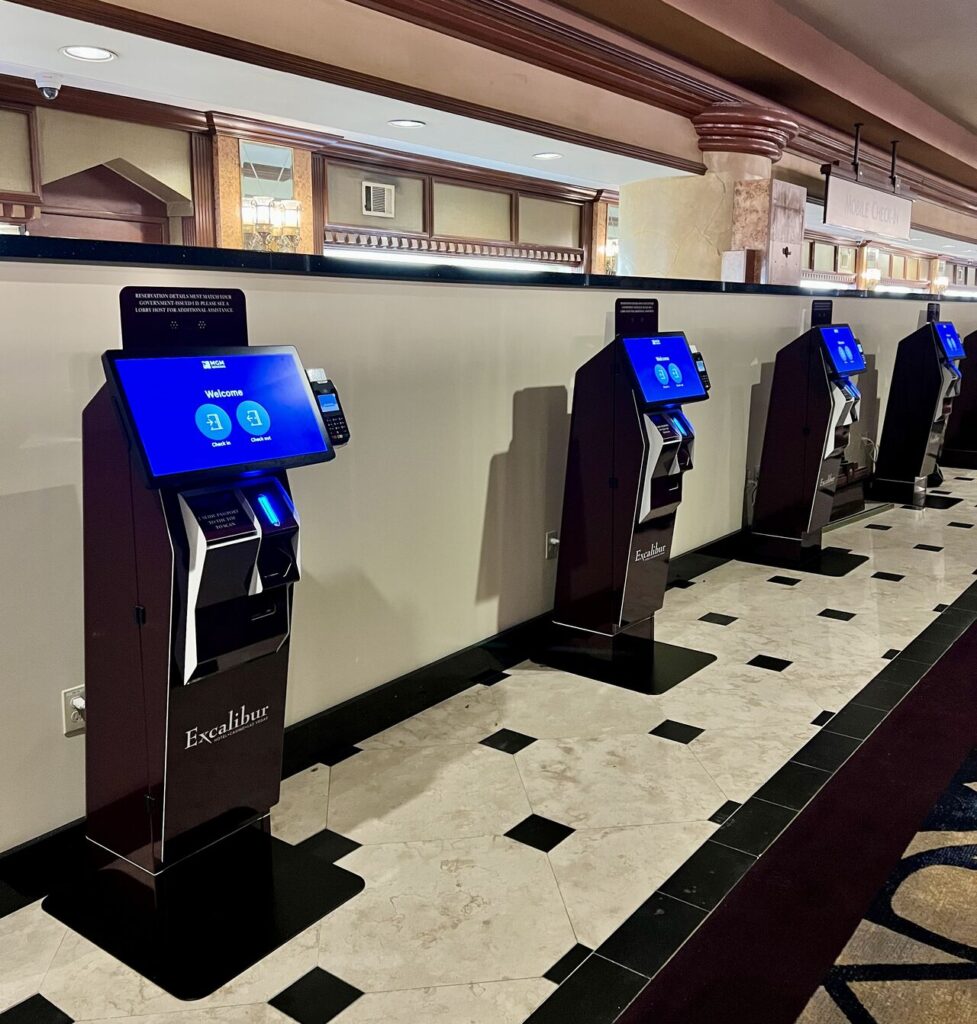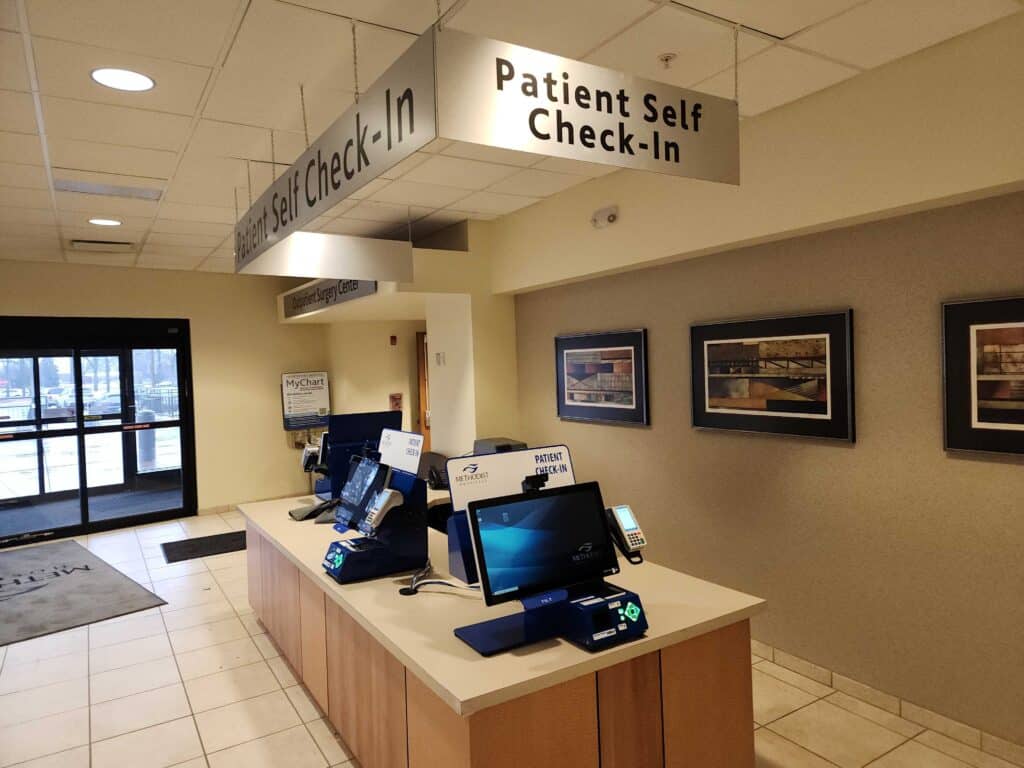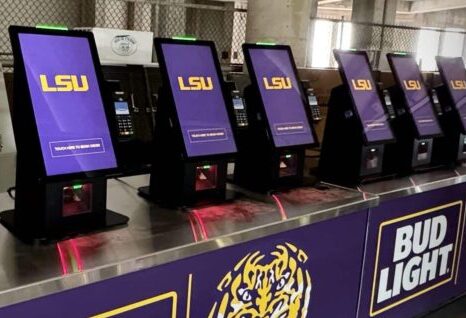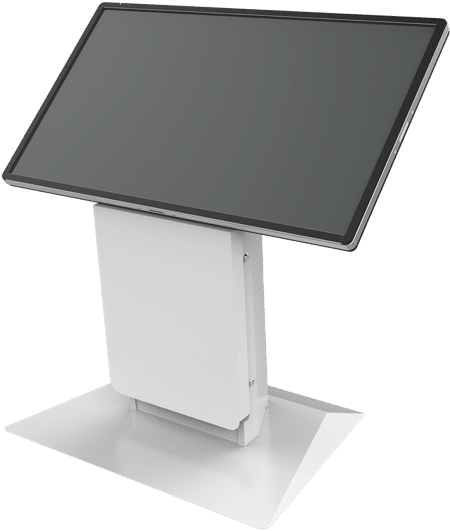Many organizations successfully launch a self-service kiosk pilot. A single site or small group of locations demonstrates the value of faster check-ins, shorter lines, and improved customer experiences. But the real challenge begins when it is time to scale.
Moving from one or two locations to dozens or hundreds requires a different mindset. The variables multiply, and so do the opportunities for issues. At Olea Kiosks, we have supported large-scale deployments across mulitple industries. Along the way, we have seen what leads to success and the pitfalls that cause headaches. This article shares some of the most important lessons learned about scaling kiosk deployments from those real-world rollouts.
From Pilot to Production
Pilot programs are usually run in highly controlled environments. They may take place at headquarters, company-owned stores, or flagship locations with ample internal support. The early wins are really important, but they are not always good indicators of success at scale.
When it is time to deploy kiosks across franchisees, regional branches, or decentralized locations, the environment often looks very different. Site layouts will likely vary. Connectivity may be inconsistent. On-site staff knowledge and comfort with technology can range widely. These are the variables that IT and operations leaders must plan for in advance.
The lesson is clear. Do not assume what worked in the pilot will work everywhere. Build a rollout plan that includes some flexibility and allows for variation in field locations.
Logistics
One of the most overlooked aspects of scaling kiosk deployments is logistics. A kiosk may leave the warehouse in perfect condition, but still arrive damaged, incomplete, or at an unprepared site.
Common issues include shipping damage due to improper handling, components missing from shipments, or install sites that lack the required power, space, or network connectivity. These problems not only delay launch, they add cost and reduce confidence in the whole kiosk program.
At Olea, we’ve tried to address a number of these challenges through engineered packaging and protective crating. If possible, we try to ship our kiosks so they are plug and play. However, there are some clients that supply some of their own components. For clients who need it, we also offer pre-staging and configuration services that reduce the complexity of onsite setup. The more work that has to be done in the field, typically the higher the deployment costs and you have a greater chance of encountering issues.
Field Support

Even well-prepared sites can encounter issues if the installation process is not standardized. When scaling quickly, there is often a mix of internal staff, contractors, or third-party field teams involved. If these teams do not have the right tools or training, small mistakes can quickly scale into widespread issues.
Some of the most common field-deployment problems include inconsistent wiring, improper mounting, incorrect peripheral installation, or missed testing steps. Without clear feedback loops, these issues may not be discovered until customers start using the kiosk.
Again, to reduce the risk of field issues, Olea recommends full assembly, configuration and testing be complete at the factory, so when the kiosk is received at site, it’s a matter of plugging it in and powering it up. Olea can also support onsite technical services or coordinate with your existing providers to ensure install quality meets expectations.
In addition, large scale operations should consider purchasing spare components or if housing those components is problematic, advanced replacement programs are available with expedited shipping.
Configuration Management
Rolling out kiosks at scale means replicating a consistent experience across every site. But that consistency depends on many factors: firmware, operating system patches, software versions, and hardware peripheral settings. Without a well-managed plan, even small configuration drifts can lead to inconsistent guest experiences.
Successful clients typically work closely with both their software partner and hardware provider to align on configuration management. Imaging tools, remote update platforms, and detailed installation playbooks all contribute to rollout success.
While Olea does not develop the software, we do collaborate closely with our clients and their providers to pre-stage and configure hardware before it ships. We also offer remote monitoring and diagnostic solutions, giving your team visibility into field conditions across the fleet.
Service and Support
Scaling kiosk deployments is not just about getting units in place. It is about keeping them running reliably over time. That means planning for service, support, and lifecycle management from the beginning.
Ongoing kiosk performance depends not only on hardware reliability but also on regular, proper maintenance. Olea provides clear maintenance guidelines that help operators keep units in top condition. These include cleaning air vents and filters to maintain thermal performance, inspecting printers for paper dust and wear, and using safe, non-damaging materials for cleaning screens and surfaces. For high-traffic or outdoor environments, simple steps like checking for pests, securing the enclosure, and replacing air filters as needed can go a long way in extending kiosk life and preventing service interruptions.

Olea’s kiosks are designed with modularity and service access in mind. Most components are relatively easy to replace. Doors and panels are engineered for technician access. And our support team is committed to helping clients get the most out of their investment, not just during the rollout, but for years to come.
We also work to maintain long-term availability of critical replacement parts and offer upgrade paths when technologies evolve. That long-term thinking can make a big difference when managing a kiosk program over multiple years and hardware generations.
Scaling Is a Process
Launching a pilot proves that self-service can work. Scaling it proves that it can work everywhere. That transition takes planning, flexibility, and the right partners.
At Olea, we understand the operational realities that come with scaling kiosk deployments. From shipping and field readiness to long-term service strategies, we help our clients build rollout programs that succeed in the real world. Whether you are expanding from ten units to one hundred or preparing for a national launch, we are ready to support your journey. To speak to one of our kiosk experts, contact us now for help with your next kiosk project.


